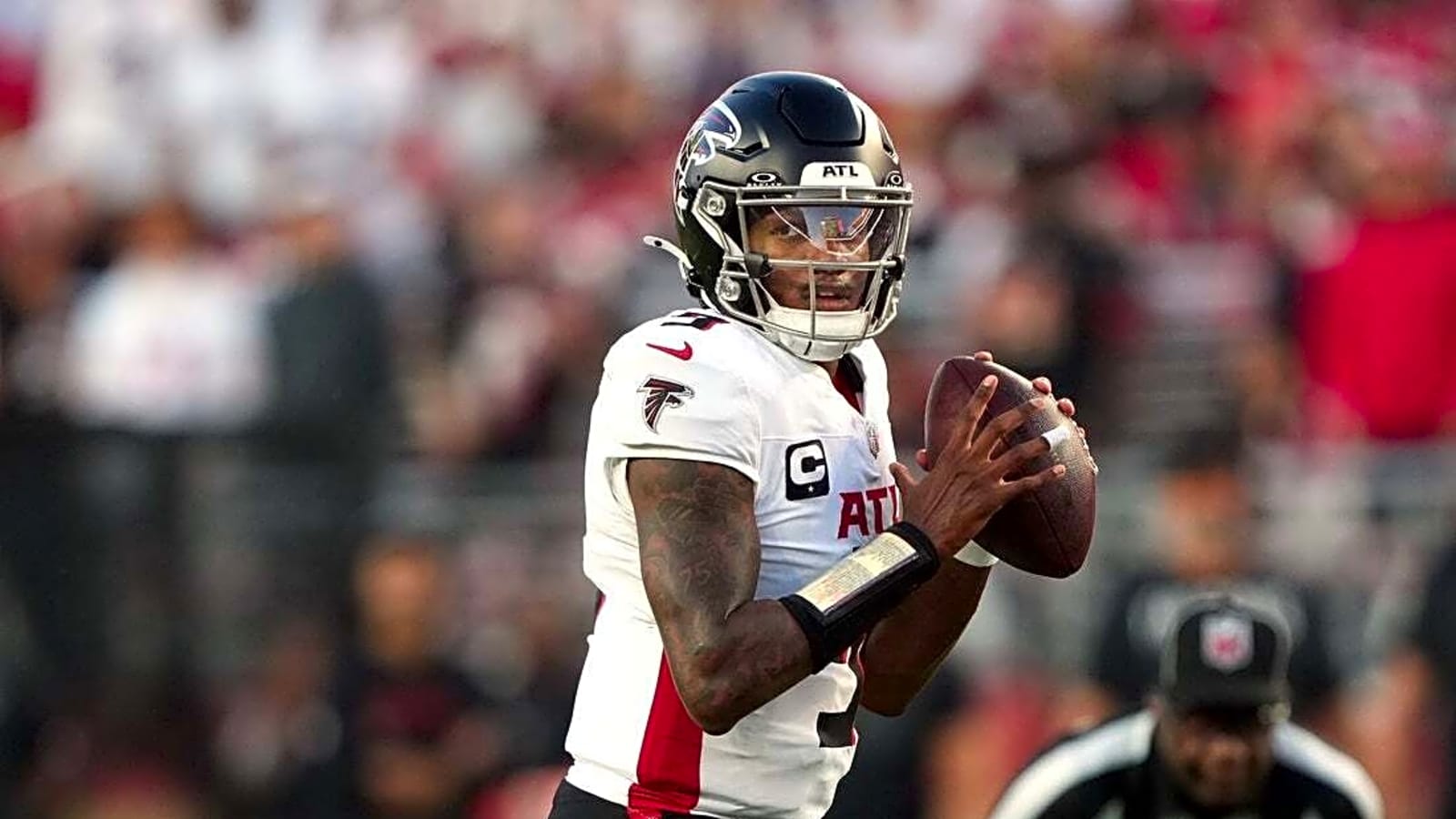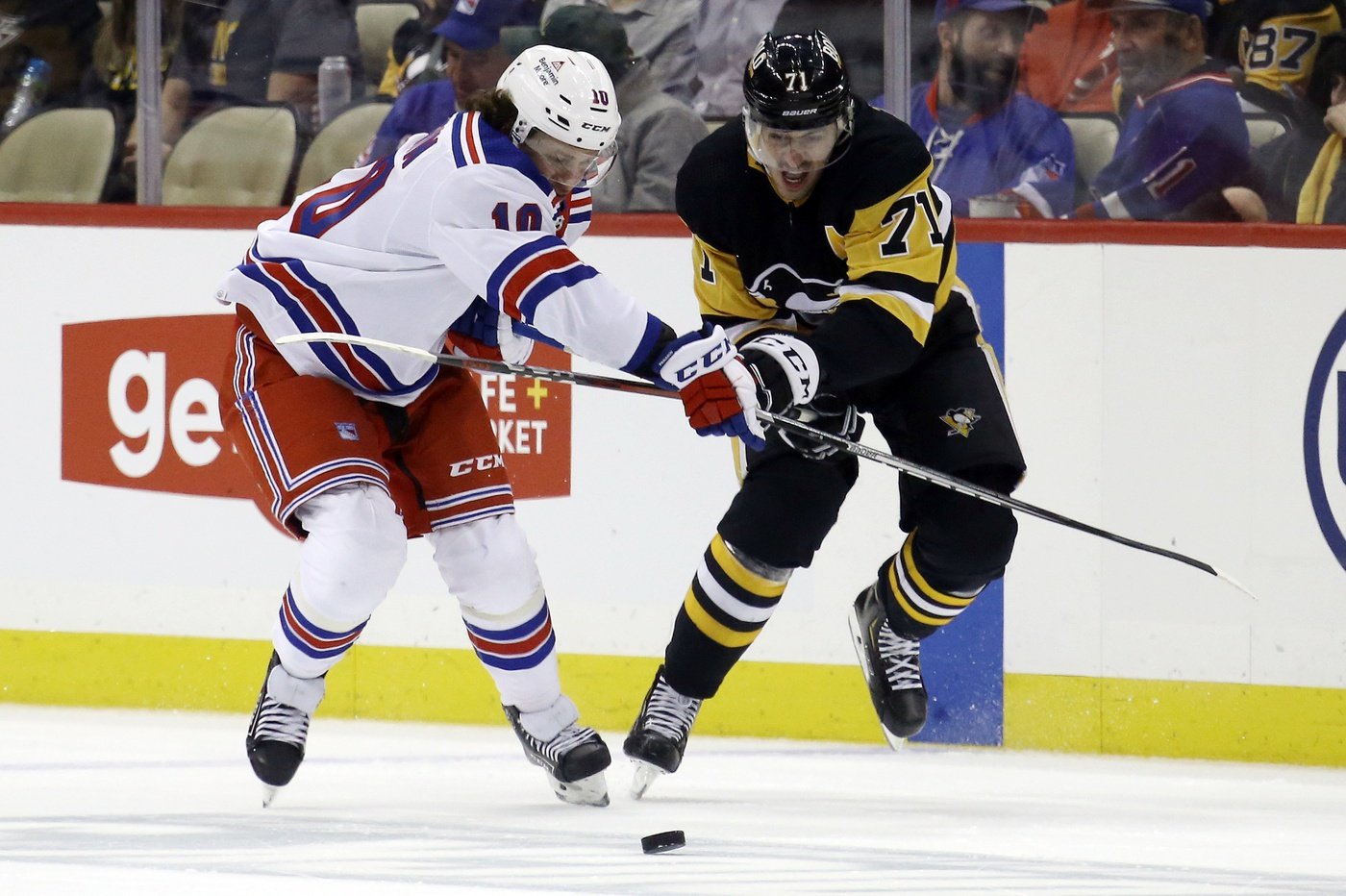Falcons QB Michael Penix Jr. (knee) questionable for Dolphins

Atlanta Falcons quarterback Michael Penix Jr. is questionable with a bruised left knee for Sunday's home game against the Miami Dolphins.
Penix was a limited practice participant for the third straight day on Friday. He indicated that he expects to play against Miami.
"Yes," Penix said. "That's the plan."
Backup quarterback Kirk Cousins is prepared in case Penix can't play. Falcons coach Raheem Morris said that Cousins has "taken a lot of reps this week."
Having Cousins, 37, on the team is a bonus for the Falcons. Still, Morris is expecting Penix to be on the field Sunday.
"(Cousins has) played a lot of football in this league, it gives you a lot of comfort knowing that you have Kirk, a lot of confidence knowing that you have Kirk," Morris said. "Obviously, it will be all based on Mike's injury status and Mike's injury status alone."
Penix was hurt during Atlanta's 20-10 road loss last Sunday night against the San Francisco 49ers. He played the entire game and completed 21 of 38 passes for 241 yards and one touchdown.
Penix, 25, has started all six games this season and completed 61% of his passes for 1,409 yards, five touchdowns and three interceptions. He has also rushed for one TD.
Cousins has started 159 career games and thrown for 43,008 yards and 288 touchdowns but lost the starting job to Penix late last season. Cousins was intercepted 16 times last season, a career worst and it tied for most in the NFL with Tampa Bay's Baker Mayfield. He has thrown 126 career picks.
Cousins completed 5 of 7 passes for 29 yards in his lone appearance of this season, a 30-0 loss to the Carolina Panthers in Week 3.
Atlanta ruled out for four players for the Miami game - offensive lineman Storm Norton (foot), edge rusher Jalon Walker (groin), inside linebacker Divine Deablo (forearm) and cornerback Billy Bowman Jr. (hamstring).
Penix was one of four Falcons listed as questionable. The others are safety Jordan Fuller (knee), defensive lineman Zach Harrison (knee) and running back Tyler Allgeier (hip/knee).
Is A High-Profile Russian Addition the Final Piece To Minnesota's 5-On-5 Puzzle?

The Minnesota Wild’s five-on-five play has been a major disappointment this season.

This year was supposed to be different. Injuries have plagued the past two seasons, including Kirill Kaprizov and Joel Eriksson Ek missing 41 and 36 games, respectively, last season. The hope was that bringing back last year’s roster at full health should net similar returns as the team, which sat near the top of the NHL standings in December of last year.
An injury has sidelined Mats Zuccarello until early November, and it has tested Minnesota’s top-six forward depth. So far, it has failed that test.
Even once Zuccarello returns, there’s no guarantee that another forward injury won’t inspire the same questions later this season. On top of that, the Norwegian winger is 38 and coming off a two-month lower-body injury. Relying on him to fix the top-six in his return, let alone for the rest of the season, is a risky proposition.
Minnesota’s top six needs help, and adding a major player via trade would certainly ease the concerns that have arisen in the season’s first few weeks.
Evgeni Malkin and Artemi Panarin have the career pedigree to make Wild fans drool, and both have been linked to superstar and countryman Kirill Kaprizov. Malkin worked out with Kaprizov this offseason, and NHL insiders Frank Seravalli and Elliotte Friedman have stoked the rumor mill about Panarin to Minnesota.
So, would either of them fit the bill on the Wild’s second line?
Evgeni Malkin -- Center, PIT, $6.1 MM AAV
Before the season started, I thought Malkin would be a great addition in Minnesota. He’s a playmaking center who might be available in the final year of his contract. Though he’s 39 years old, his pedigree as one of the league’s best centers in his prime might have provided enough staying power to make him effective in a second-line role.
I was surprised to find that Malkin has lost a step. He was one of the pillars of the Pittsburgh Penguins’ last three Stanley Cup Championship teams, and some of his playmaking and scoring talent remains. His offensive and defensive play-driving numbers mean he would need a play-driving winger to carry him a bit.
While Hynes could solve that problem by stapling Malkin to one of Matt Boldy or Kaprizov, shifting Eriksson Ek or Marco Rossi down doesn’t provide much strategic value to the Wild’s second or third lines. Ultimately, it probably creates a lineup with Eriksson Ek on the third line in a shutdown role, which does very little to address the five-on-five offensive issues.
Finally, one of the main advantages of adding a center would be to address Minnesota's troubles in the faceoff circle. However, Malkin’s 2024-25 faceoff performance was dreadful at 45.8%. In fact, that was worse than any of Minnesota’s centers. Eriksson Ek won 47.1% of his draws, while Rossi, Ryan Hartman, and Freddy Gaudreau went 46.8%, 47.8%, and 48.2%, respectively.
Artemi Panarin -- Wing, NYR, $11.6 MM AAV
Well, what about that other Russian from the East Coast? Perhaps you've heard that he would like to play here because he’s Russian, like Kaprizov.
Throwing Panarin onto this lineup would instantly put the Wild into the Western Conference contender conversation. He checks every box imaginable, driving play and finishing chances at a level far above the second-line level Minnesota needs.
In New York, he’s performed admirably in the face of the opponent’s best defenders. His defensive responsibilities have quietly been challenging, with effective results.
Without question, Panarin is a more preferable option to Malkin -- if Minnesota can acquire him.
However, there are two main drawbacks to acquiring Panarin, both price-related.
First, he’s going to cost more in draft picks and cap space, which means Minnesota likely couldn’t bring in anything else at the trade deadline.
Second, Panarin’s cap hit may not fit under the Wild’s salary cap. To acquire Panarin, the Wild have to wait until they accrue enough cap space to fit his $11.6 million cap hit onto their roster. If they run into a string of injuries like they did the past two seasons, that may never happen.
Panarin may also decide that he wants to play elsewhere -- either in New York or for another team besides Minnesota. With a full no-movement clause, Panarin has to approve a trade to Minnesota, and New York has to agree to it. Neither of those is a guarantee.
Even if all of those factors break Minnesota’s way, it’s possible that the team won’t be in playoff position by the time they can afford Panarin’s cap hit. If they dig too deep a hole, it’s possible that even the addition of Panarin won’t be enough to make the playoffs.
Still, consider the upside of adding a player like Panarin. That roster has shades of the Edmonton Oilers, who have represented the Western Conference in both of the last two Stanley Cup Finals. While the duo of Kaprizov and Matt Boldy may fall short of Connor McDavid and Leon Draisaitl, adding Panarin to the mix could be enough for the Wild to go toe-to-toe with any stars-and-scrubs roster.
Saving up for Panarin would be risky. If the Wild can swing that trade and accrue enough space by March 6, that risk would probably pay off.



